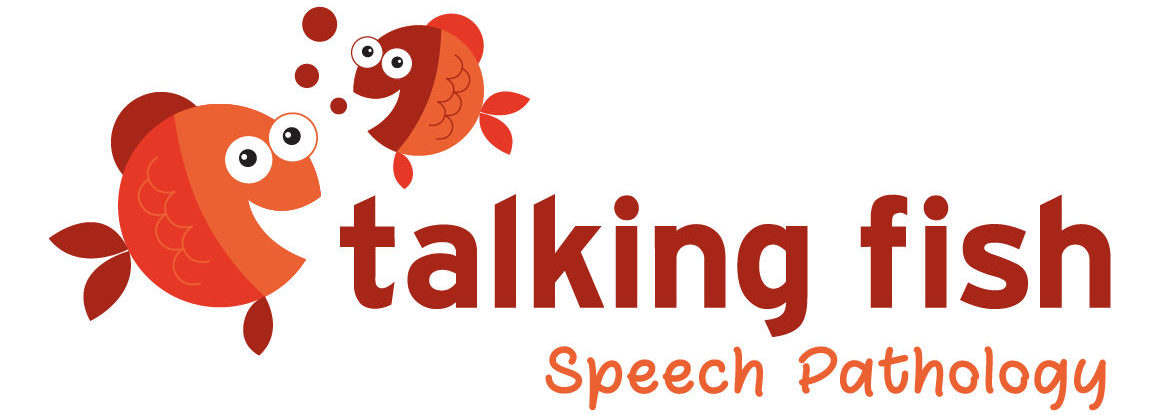At our Talking Fish Speech Pathology, one of the most powerful tools we use to support individuals with communication challenges is Augmentative and Alternative Communication (AAC). Whether you’re a parent, teacher, support worker, or just curious, understanding AAC is an important step in creating inclusive, communicative environments for all.
What is AAC?
AAC stands for Augmentative and Alternative Communication. It includes all forms of communication—other than speech—that people use to express their thoughts, needs, wants, and ideas. AAC can support someone’s existing speech (augmentative) or replace it entirely (alternative) when verbal communication is not possible.
AAC is not just for people who are non-verbal. It’s for anyone who has difficulty using spoken language. This might include children with developmental delays, people recovering from strokes, or individuals with conditions like autism, cerebral palsy, Down syndrome, or motor neuron disease.
Types of AAC
AAC falls into two broad categories:
1. Unaided AAC
This type doesn’t involve any external tools. It includes:
- Gestures
- Key Word Sign
- Facial expressions
- Body language
Unaided AAC relies on the user’s physical ability to communicate, which may not be suitable for everyone.
2. Aided AAC
This involves using tools or devices. It ranges from simple to high-tech, including:
- Picture boards or communication books
- Picture cards and visual schedules
- Speech-generating devices (SGDs) or tablets with AAC apps like Proloquo2Go, LAMP Words for Life, or TouchChat
Some people use a combination of both unaided and aided AAC, depending on their environment and abilities.
Does AAC Stop Someone from Learning to Speak?
This is one of the most common myths—and it’s not true. In fact, research shows that AAC can support and encourage spoken language development. By giving users a way to communicate, AAC reduces frustration, builds confidence, and often provides a stepping stone toward verbal speech.
How Do We Choose the Right AAC?
There is no one-size-fits-all solution. A qualified speech pathologist works with the individual (and their support team) to assess their needs, abilities, and goals. Considerations include:
- Fine motor skills
- Cognitive ability
- Vision and hearing
- Environment (home, school, community)
Trialing different AAC systems is often part of the process to find what works best.
Why AAC Matters
Communication is a human right. When someone struggles to speak, AAC can be life-changing. It opens doors to connection, education, independence, and self-expression. It gives people a voice—sometimes literally—and a way to be seen and heard.
Final Thoughts
If you think AAC might help your child, student, or loved one, reach out to a speech therapist for guidance. Introducing AAC early can significantly improve quality of life and social connection.
We’re here to help you explore all the options and find the right communication pathway.
Let’s give every voice a chance to be heard.
Let me know if you’d like to add clinic-specific information (like your name, services, or contact details), or adjust the tone for a different audience (e.g., parents vs professionals).








